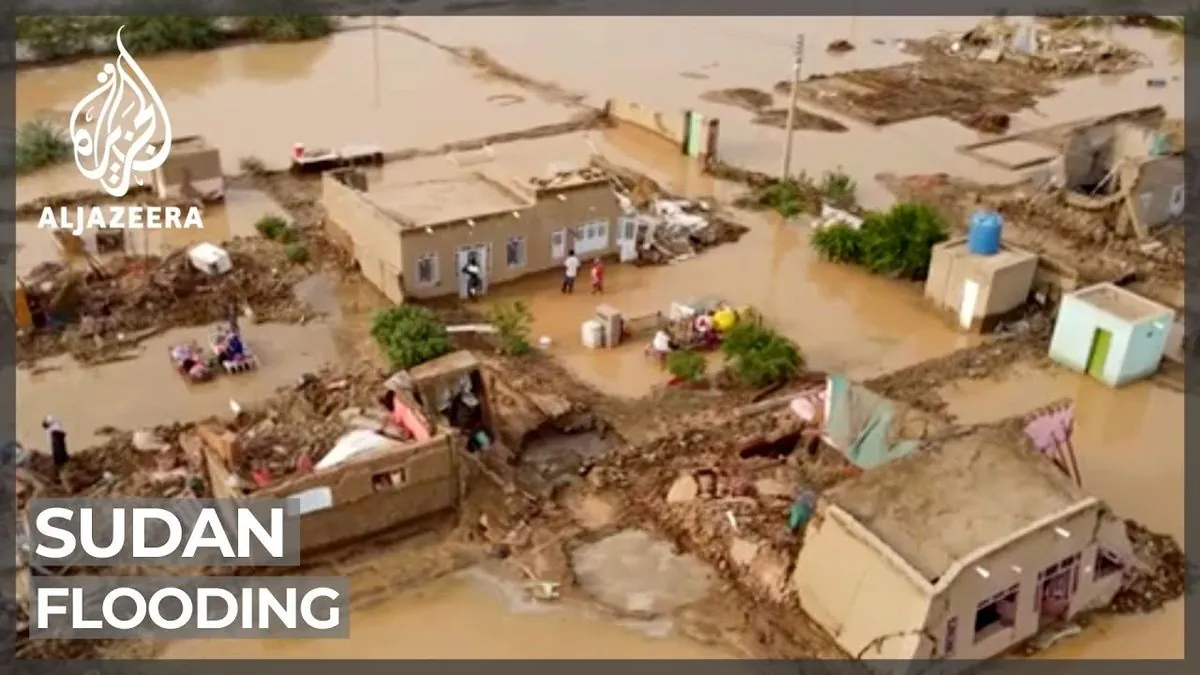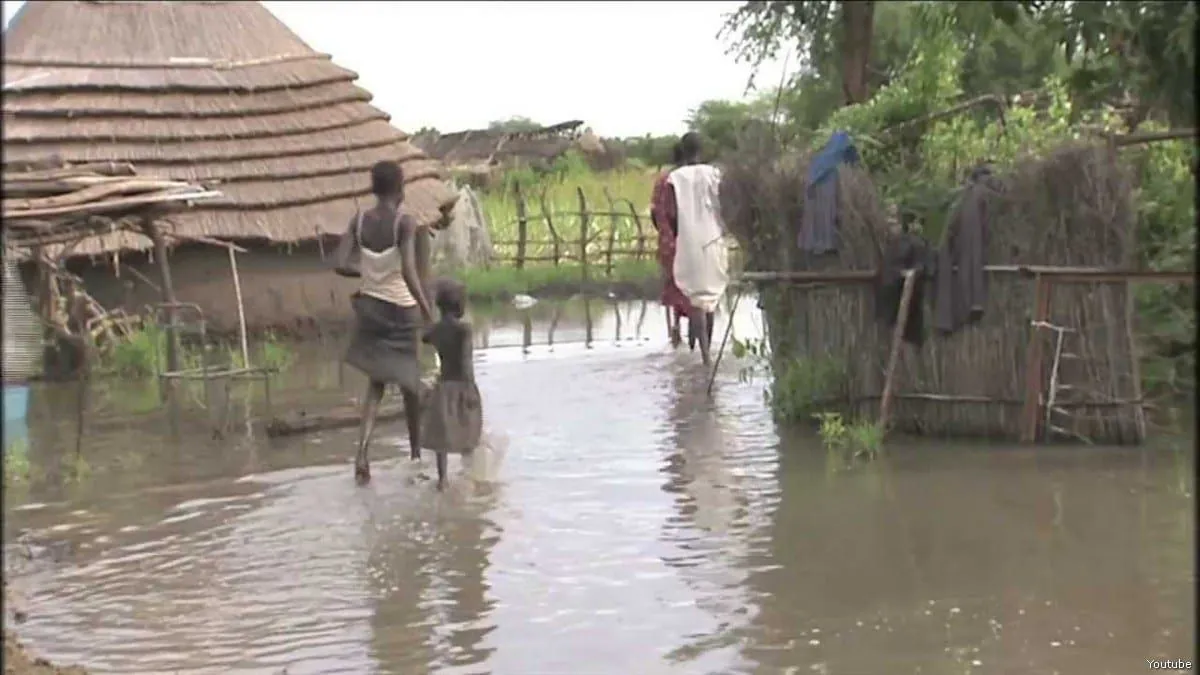Sudan's Arbaat Dam Collapse Exacerbates Humanitarian Crisis Amid Ongoing Conflict
Devastating floods in Sudan, triggered by the Arbaat Dam collapse, have displaced over 100,000 people. The disaster compounds the humanitarian crisis in a nation grappling with prolonged conflict and widespread hunger.

In a tragic turn of events, Sudan faces an escalating humanitarian crisis following the collapse of the Arbaat Dam in the eastern part of the country. The disaster, which occurred on August 25, 2024, has resulted in at least 30 confirmed fatalities, with fears that the death toll could rise significantly.
The dam's failure is part of a series of devastating floods that have swept across Sudan, a nation already grappling with the consequences of an ongoing conflict that has lasted approximately 865 days. These floods have displaced an estimated 118,000 people and affected over 300,000 nationwide, exacerbating the world's largest hunger and displacement crises.

The situation in Sudan is particularly dire due to the convergence of multiple crises. The country, which is the largest in Africa by area, has been plagued by civil wars for more than 40 years since gaining independence in 1956. The current conflict between the army and the paramilitary Rapid Support Forces has severely disrupted aid delivery, which is now further impeded by the floods.
Mohamed Othman, a leader from one of the flooded villages, described the desperate situation:
"Even before the dam burst people were trapped by the flooding and couldn't get anything from Port Sudan. The aid coming in now can't get to the people. Children are hungry and the roads are closed."
The floods have not only destroyed homes but also spread diseases, including cholera. In Arbaat, rescue efforts are hampered by limited resources, with a single excavator being used to transport people and food across the floodwaters.
The Darfur region, already suffering from one of the world's worst humanitarian crises since 2003, faces additional challenges. Flooding has blocked food deliveries, including a crucial shipment from the World Food Programme to the famine-threatened town of Kreinik. The destruction of a bridge leading to the town has left thousands of displaced people with little access to food.
Sudan's diverse landscape, which includes the meeting point of the Blue and White Nile rivers in Khartoum, is now under threat from these unprecedented floods. The country's economy, heavily reliant on agriculture with cotton as a major export, faces severe disruption. The Gezira Scheme, one of the world's largest irrigation projects, is likely to be impacted by these floods.
The situation is further complicated by Sudan's complex ethnic and linguistic diversity, with over 500 different ethnic groups and languages. This diversity, while a cultural asset, presents challenges in coordinating relief efforts across affected regions.
As the rainy season continues to be heavier and earlier than in past years, other parts of Sudan are also experiencing severe flooding. Northern Sudan has reported heavy rains, with social media images showing collapsed roofs and inundated neighborhoods.
The international community faces a significant challenge in providing aid to Sudan. The country's Red Sea coast, known for its diverse marine life and the UNESCO World Heritage site of Sanganeb Marine National Park, may play a crucial role in aid delivery as inland routes become increasingly difficult to navigate.
As Sudan grapples with this multifaceted crisis, the need for coordinated international support has never been more urgent. The country's rich history, including the ancient Kushite kingdoms with their pyramids, stands in stark contrast to the current humanitarian emergency, highlighting the critical need for immediate and sustained assistance.


































